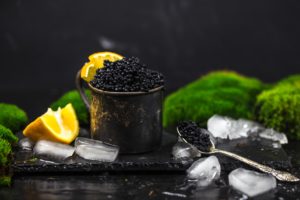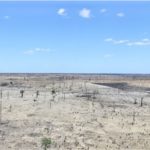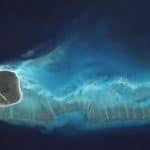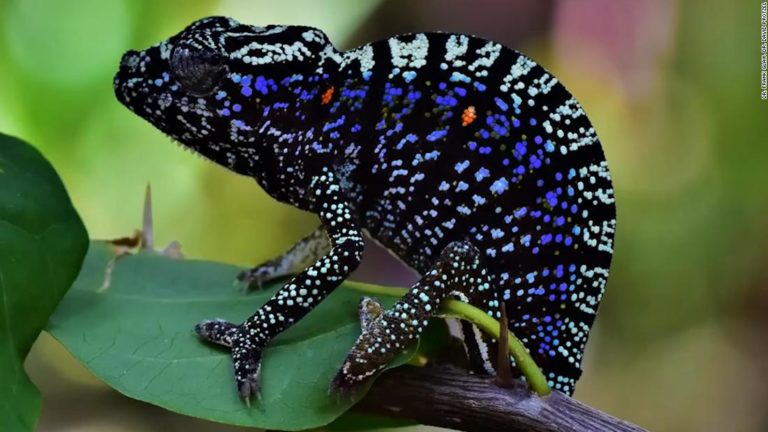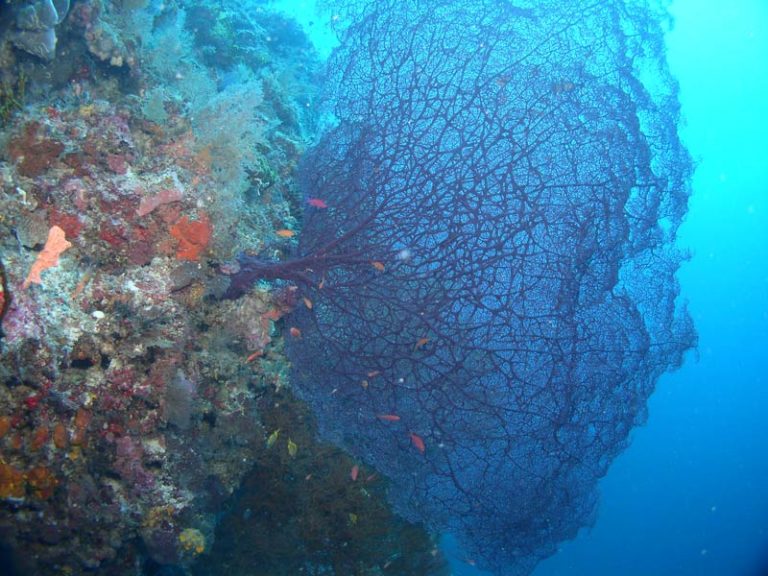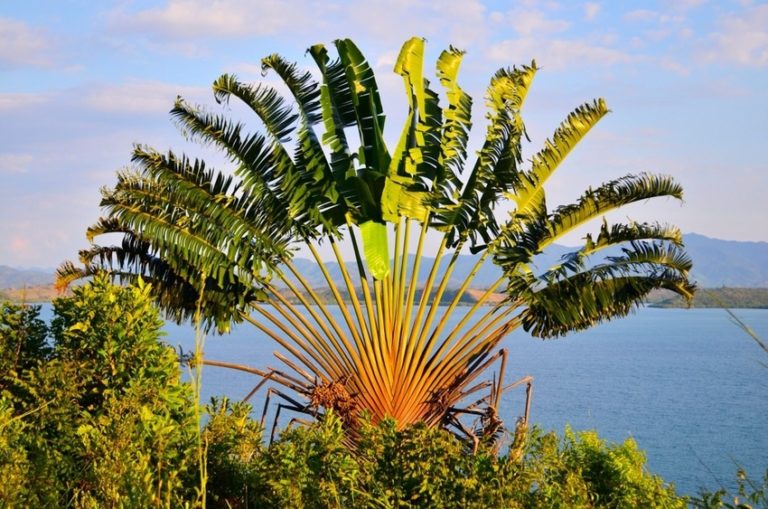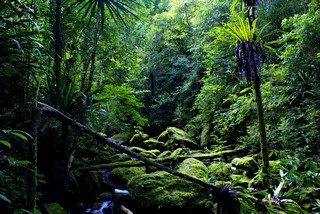Caviar from Madagascar: the future third largest production in the world
It cannot be repeated often enough, but Madagascar has unlimited potential for economic development!

The majority of people and leaders seem to live on another planet, but in the meantime lucid people are doing the right thing!
The country will never cease to marvel at its wealth and the opportunities it offers. After Malagasy oil, today Malagasy caviar!
Yes, caviar is also produced here!
Acipenser: The first sturgeon farm in the Indian Ocean
A crazy project... but very reasonable!
Of course, there are no sturgeon species in Madagascar, as the Genus Acipenser located in Europe, Asia and North America.
However, it is possible to reproduce the living conditions of these freshwater fishes in Malagasy waters.

However, it requires a significant financial investment and a lot of patience, since sturgeons reproduce only every 5 years, and for some species up to 15 years.
The three partners at the origin are the managers of a ready-to-wear company for major French brands.
Recognizing the Malagasy potential, they decided to embark on this adventure in 2009 and recovered the first larvae from the first eggs on April 1, 2013.
Depending on the species, the fish measures between 1.5 and 6 m with a weight of 20 kg to one ton (for the largest belugas).
Excellent rearing conditions
The kennel is located on a 6 hectare plot in the municipality of Ambatolaona, which is about an hour and a half from Antananarivo removed on Lake Mantasoa located.
Acipenser's production facility is partially implanted on this lake. It is a huge 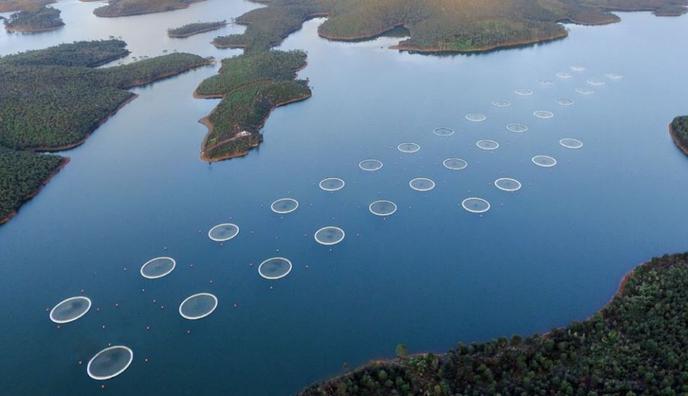
These waters are known to be rich in fish and sturgeon farming is not so utopian.
Acipenser has a CITES permit for production according to international rules.
The fertilized eggs are imported from Europe and hatched on the farm's own premises. Then the feed produced in Acipenser and the incubation, pre-incubation and rearing unit come into play.
The large pools where the sturgeon develop are made of cut rubble to make the site as authentic and natural as possible.
The farm also has a processing workshop approved according to European standards for the production of caviar from Madagascar : ROVA.
A fish farm that meets the requirements of the international market
The fish farm consists of a "land site" and a "cage site" directly on the 1,300 m high lake.
The quality of the water is exceptional, which favors the production of exceptional caviar.
All agricultural conditions are optimal, comparable to European and American farms.
Besides, the region is quite simply extraordinary, with its valleys of red earth, rice fields, eucalyptus and pine trees...
A generous nature!
The feeding of sturgeons
Acipenser's sturgeon feed is made on site from 80 % locally sourced raw materials with no GMOs, land animal meal or blood meal.
The feed is therefore produced on the farm itself, meticulously analyzed and tested by experts.
The aim is to obtain a perfect and complete control of the activity, which guarantees a high quality of caviar.
The values of the farm
Acipenser will soon receive ISO 14 001, 26 000 and 22 000 certifications.
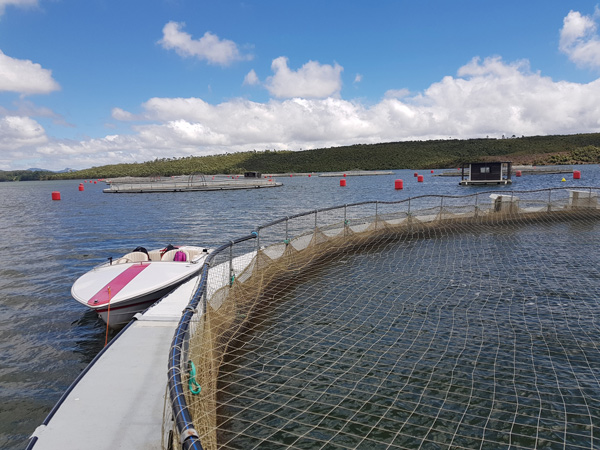
The staff consists of a team of 90 Malagasy and French employees, including executives from the Institute of Fisheries and Marine Sciences From Toliara.
The fish farm technicians come from the surrounding villages and are trained internally. Acipenser's ultimate goal is to become the third largest producer of caviar in the world.
Caviar in Madagascar: the future third largest production in the world
Produced sturgeon species
Siberian sturgeon (Acipenser baeri)
This brown-gray or gray-black fish with a long nose is a sure bet to yield caviar grains with an average diameter of 2.4 mm. The color ranges from brown to black or anthracite gray. Maximum size: 2 m.
Russian sturgeon (Acipenser gueldenstaedtii)
Russian sturgeon, known as diamond sturgeon, has a green-gray or blue-black body with white star-shaped combs. The caviar, called Osciètre or Caviar Ossetra, has a dark amber color tending to gold and is at least 2.8 mm in size.
Huso Huso (Beluga)
The beluga sturgeon (huso huso), native to the Caspian and Black Seas, is the largest and fattest of all sturgeons. 
Huso huso, commonly known as beluga, sea sturgeon or European beluga, is a species of fish in the sturgeon family. With a size of up to 7.2 m and a mass of 1,571 kg, it is the largest freshwater fish.
It is a highly sought-after fish for its valuable eggs, beluga caviar. But overfishing and poaching, as well as their late maturity (18 years), make them a critically endangered species due to their long lifespan, according to the International Union for Conservation of Nature.
Acipenser persicus
It is a very demanding species, difficult to breed, but gives a particularly good caviar of very high quality with a unique taste. Only a few producers are able to raise this sturgeon with a body elongated from 1.5 to 2 m and weighing from 80 to 150 kg.
Acipenser Nudiventris
This sturgeon, native to the Danube, is an innovative species in caviar production, reflecting Acipenser's desire to stand out for the originality of its products. The fish has a gray-blue body.

